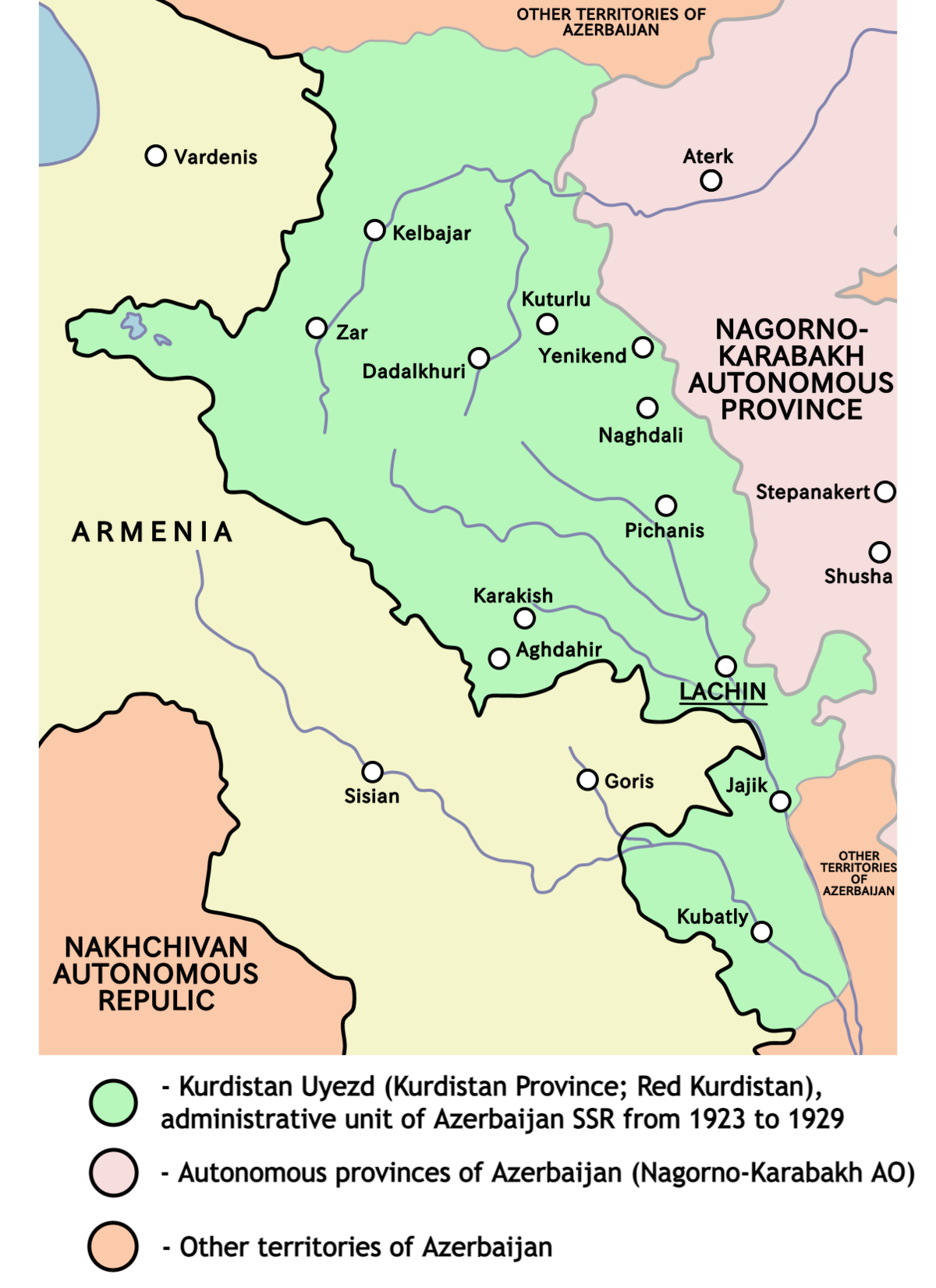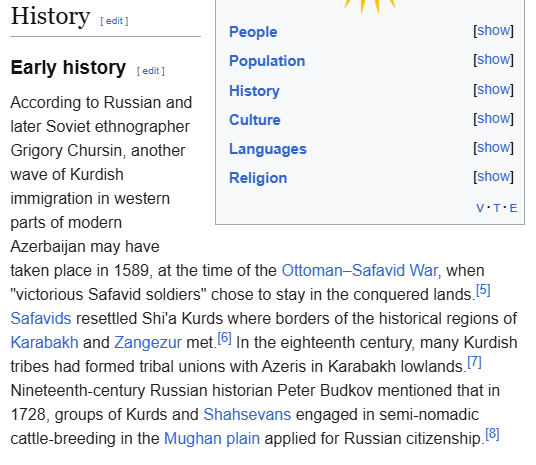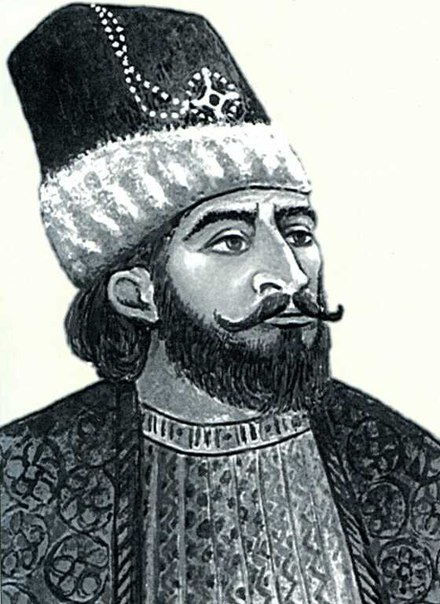Here is my feedback regarding the locations and provinces of Georgia:

I hope the addition of these locations is within the realm of possibility. Of course, all of this is not to imply that the game would be unplayable without these changes —of course not. It's just that the physical geography of this one region would be less accurate.
As I've already lined out in my extensive Raw Materials suggestion post, this would be the best way to split up the provinces, considering historical, geographical, and cultural lines.

@Pavía I hope this can be of some use to you.
Thank you.

I hope the addition of these locations is within the realm of possibility. Of course, all of this is not to imply that the game would be unplayable without these changes —of course not. It's just that the physical geography of this one region would be less accurate.
As I've already lined out in my extensive Raw Materials suggestion post, this would be the best way to split up the provinces, considering historical, geographical, and cultural lines.

@Pavía I hope this can be of some use to you.
Thank you.
- 12
- 1












